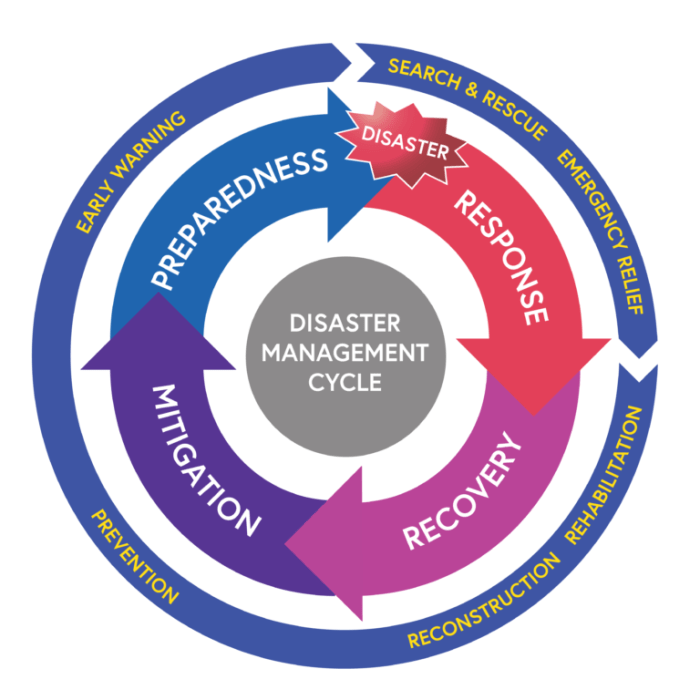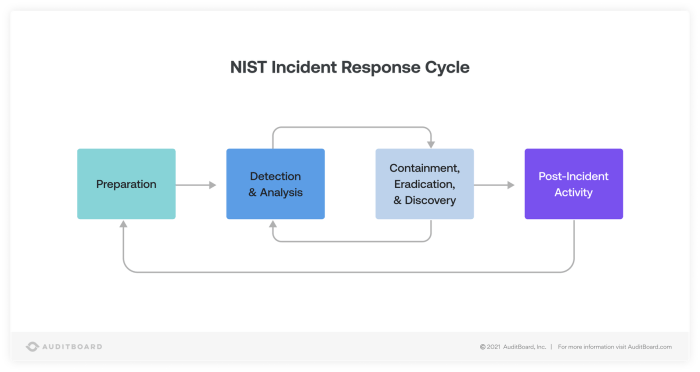The afims includes how many phases of incident management – The AFIMS incident management framework plays a pivotal role in ensuring effective response and recovery from unforeseen events. This framework encompasses distinct phases, each meticulously designed to address specific aspects of incident handling. By delving into the intricacies of the AFIMS incident management process, we gain valuable insights into its capabilities and the strategies employed to mitigate the impact of incidents.
The subsequent paragraphs will explore the various phases of the AFIMS incident management framework, examining their purpose and scope. We will delve into the key activities and responsibilities associated with each phase, showcasing the comprehensive approach adopted by AFIMS to incident management.
Phases of Incident Management in AFIMS

The Armed Forces Incident Management System (AFIMS) provides a comprehensive framework for managing incidents within the armed forces. The AFIMS incident management process is divided into four distinct phases: Incident Response and Containment, Impact Assessment and Recovery, Lessons Learned and Improvement.
Each phase has a specific purpose and scope, ensuring that incidents are handled effectively and efficiently.
Incident Response and Containment, The afims includes how many phases of incident management
The Incident Response and Containment phase focuses on the immediate response to an incident, aiming to contain its impact and minimize damage. Key activities include:
- Activating the incident response team
- Establishing communication channels
- Isolating the affected area
- Implementing containment measures
Containment measures may include physical barriers, software patches, or policy changes.
Impact Assessment and Recovery
The Impact Assessment and Recovery phase involves assessing the extent of the incident’s impact and developing a recovery plan. Key activities include:
- Conducting a damage assessment
- Identifying affected systems and processes
- Developing a recovery plan
- Coordinating recovery efforts
AFIMS plays a central role in coordinating recovery efforts and restoring operations.
Lessons Learned and Improvement
The Lessons Learned and Improvement phase emphasizes capturing lessons learned from incidents and implementing improvements. Key activities include:
- Conducting post-incident reviews
- Identifying areas for improvement
- Updating incident management policies and procedures
- Implementing training and awareness programs
AFIMS uses feedback and data analysis to enhance its incident management capabilities.
Commonly Asked Questions: The Afims Includes How Many Phases Of Incident Management
What is the primary objective of the AFIMS incident management framework?
The primary objective of the AFIMS incident management framework is to provide a structured and comprehensive approach to incident handling, enabling organizations to effectively respond to and recover from unforeseen events.
How many phases are included in the AFIMS incident management framework?
The AFIMS incident management framework consists of four distinct phases: incident response and containment, impact assessment and recovery, lessons learned and improvement, and continuous monitoring.
What is the role of the incident response and containment phase in the AFIMS framework?
The incident response and containment phase focuses on immediate actions to contain the incident, minimize its impact, and restore normal operations. Key activities include incident detection, notification, and activation of the incident response team.

